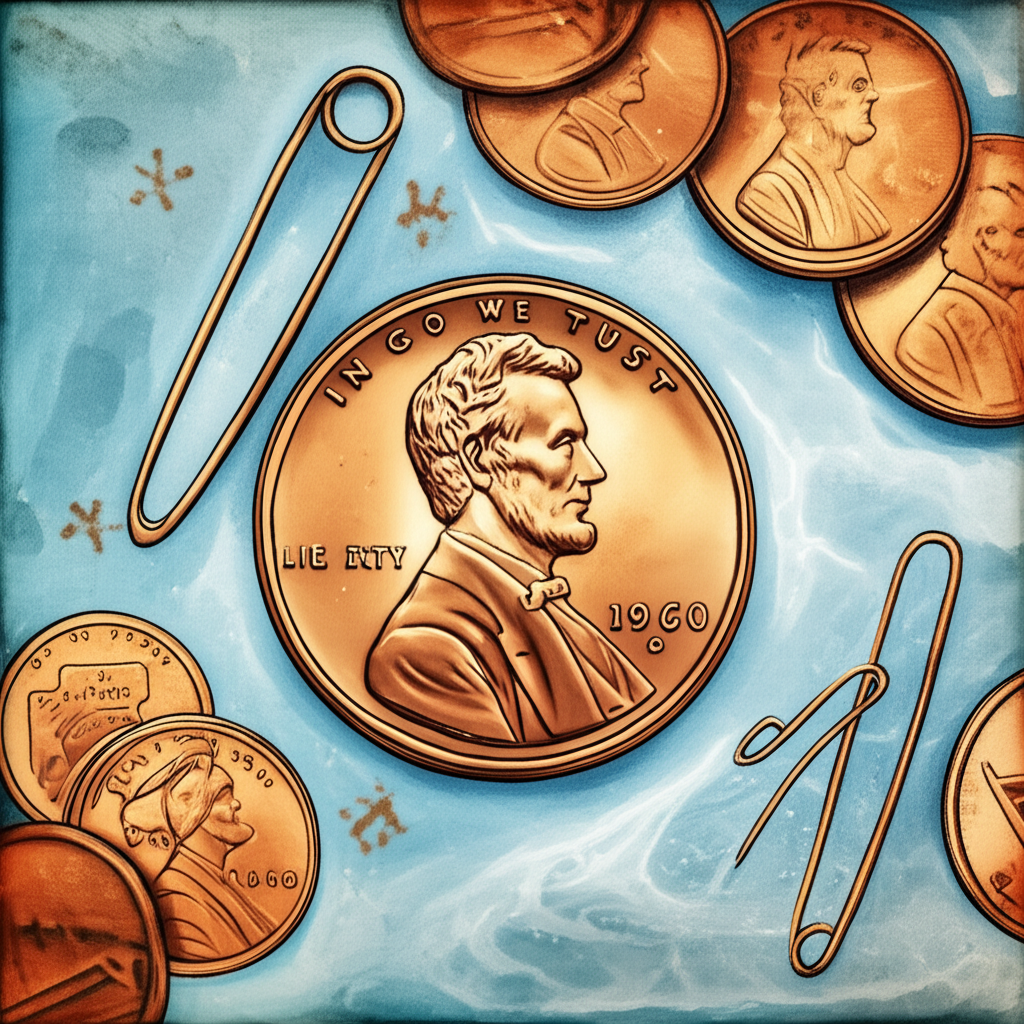
The superstition surrounding picking up pennies, popularized by the rhyme ‘See a penny, pick it up; all day long you’ll have good luck,’ is deeply rooted in historical practices, folklore, and evolving cultural beliefs surrounding luck, witchcraft, and even religious faith.
Tracing its origins reveals a fascinating journey, beginning not with pennies, but with pins. The initial rhyme, ‘See a pin and pick it up, all day long you’ll have good luck. See a pin and let it lie, you’ll feel want before you die,’ predates the penny-focused version. This early form is potentially derived from the old English proverb ‘He that will not stoop for a pin will never be worth a pound,’ documented in Samuel Pepys’s Diary in 1668. This proverb underscored the importance of tending to small matters, as neglecting them could lead to significant consequences.
During the 1600s, the act of picking up pins held a more profound significance, intertwined with widespread beliefs about witchcraft. Pins were not merely everyday objects; they were believed to be instrumental in binding spells or fixing desires onto objects representing the spell’s target. Leaving a pin on the ground was considered risky, as it could potentially be found and used by a witch to cast a malevolent spell. The fear stemmed from the belief that witches could harness the pin’s power to inflict harm on an individual.
Furthermore, pins played a role in hexes, which were rituals intended to reverse the effects of damaging spells. In an era where medical ailments were often attributed to witchcraft, procedures were carried out to counteract these perceived curses. Urinary infections, for example, were sometimes ’treated’ by placing pins, symbolizing the patient’s pain, into a ‘witch bottle’ along with a sample of their urine. This concoction would be boiled to supposedly transfer the pain back to the witch, after which the bottle would be buried or sealed within the walls of the afflicted person’s home for ongoing protection against future curses. Beyond the supernatural, pins were vital tools for needlework, a fundamental skill for households in the 17th century, thus increasing the value of these items.
The shift from pins to pennies appears to have occurred in early 19th-century America. The exact reason for this transition is not definitively known, but it’s plausible that it was a simple linguistic substitution, perhaps arising from the similar sounds of “pin” and “penny.” However, another theory attributes the change to the appearance of the words “In God We Trust” on American pennies. For some, this inscription transformed a discarded coin into a symbol of divine favor, bestowing luck upon those who chose to acknowledge it.
In modern interpretations, the superstition of picking up pennies largely retains its positive connotations. While the historical fears surrounding witchcraft have mostly faded, the act of picking up a penny is still viewed as a sign of good luck. The act can also be interpreted as an appreciation for the small things in life or a recognition of the value of money, regardless of its denomination. Whether rooted in ancient superstitions or modern-day optimism, the tradition of picking up pennies continues to be a widespread practice, reflecting a blend of historical beliefs and contemporary cultural values.